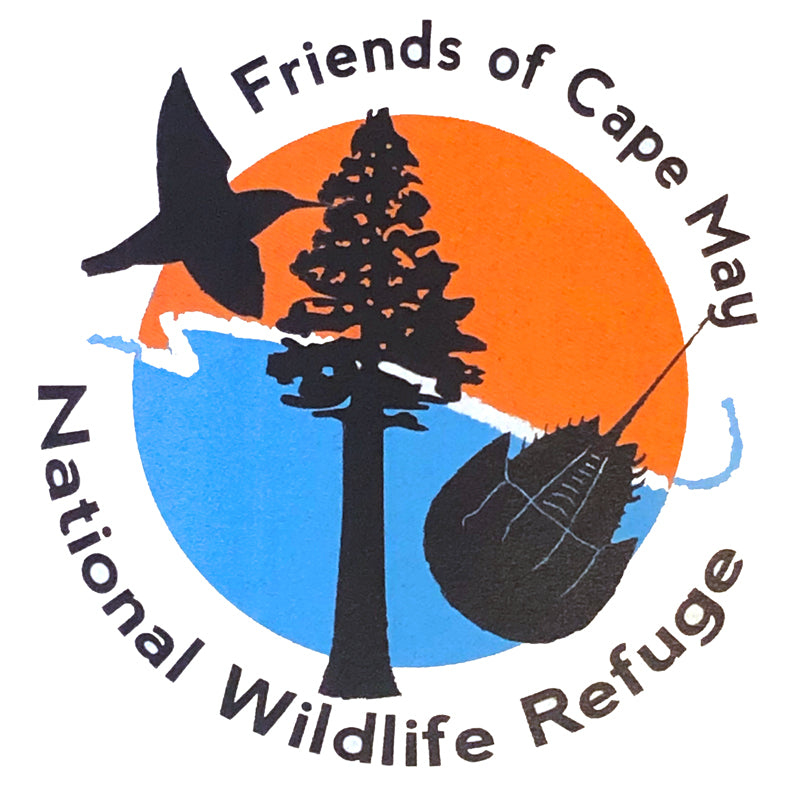VISITOR CENTER/ NATURE STORE
Open weekends 9-3 in September & October; Our trails remain open year round from dawn to dusk.
Saturdays at 9AM, join us for Free Family Friendly Guided Nature Walks - loaner binoculars available.
Please Click Here for our list of events!
We continue to need your help by keeping off our beach at Two Mile Beach Unit until October 1st.
Aside from our nesting birds and their chicks, there are thousands of migrating birds and their younglings stopping by for rest and nourishment before moving on to their next homes, & closed beaches are safe havens in this densely populated area.
So we thank you for respecting our “No Entry” signs.
USFWS Ranger Sam Gill created these attached “Bird Cards” highlighting the unique facts of some of our visiting and local birds:
Federal Junior Duck Stamp Program & Contest

See the current NJ winners for 2024!
Visit the refuge in August and September to see the current New Jersey winners!
12001 Pacific Ave, Wildwood Crest, NJ 08260 Learn more at https://www.fws.gov/program/junior-duck-stamp/junior-duck-stamp-contest-information
Cape May National Wildlife Refuge is comprised of three units....
The Great Cedar Swamp Division is at the northern end of the refuge in Dennis and Upper Townships. Habitats such as salt marsh, hardwood swamp, bog, grasslands and large tracts of forested uplands are used by wildlife such as blue-winged warblers, ovenbirds, and short-eared owls. The refuge connects with a state forest and the Pineland National Reserve.
Membership
Please support the Refuge and Become a Member to help support our mission!
Where in New Jersey is the Cape May National Wildlife Refuge?
The Cape May National Wildlife Refuge is located within the Cape May peninsula, the southernmost point in the state of New Jersey. Because of its unique geography, the peninsula offers stunning views of sunrise to the east over the water of the Atlantic Ocean, and of sunset to the west over the water of the Delaware Bay. The Refuge currently protects over 11,000 acres of peninsula habitat in its 3 refuge units: the Great Cedar Swamp Division, the Delaware Bay Division and the Two-Mile Beach Unit. These 3 units represent unique, diverse habitats: forested hardwood swamp, river estuary and ocean barrier island. VIEW MAP
HONEYBEES?
IT'S OUR NATIVE BEES THAT NEED THE BUZZ
Please check out this great article and how you can help by planting certain Flowers they love.... https://choosenatives.org/articles/native-bees-need-buzz/
Native Birds - Plant Wisely

Native Birds - Plant Wisely
Native birds, insects and wildlife cannot and will not eat non-native plants.
For the sake of our birds and wildlife, please choose ‘native plants’ for your gardens.
https://plants.usda.gov/java/
And DO NOT use pesticides or herbicides on your grassy areas!
For more information, check out the eye opening findings and writings of University of Delaware entomologist, Douglas Tallamy.
USFWS Ranger Sam Gill created these attached “Bird Cards” highlighting the unique facts of some of our visiting and local birds:
























